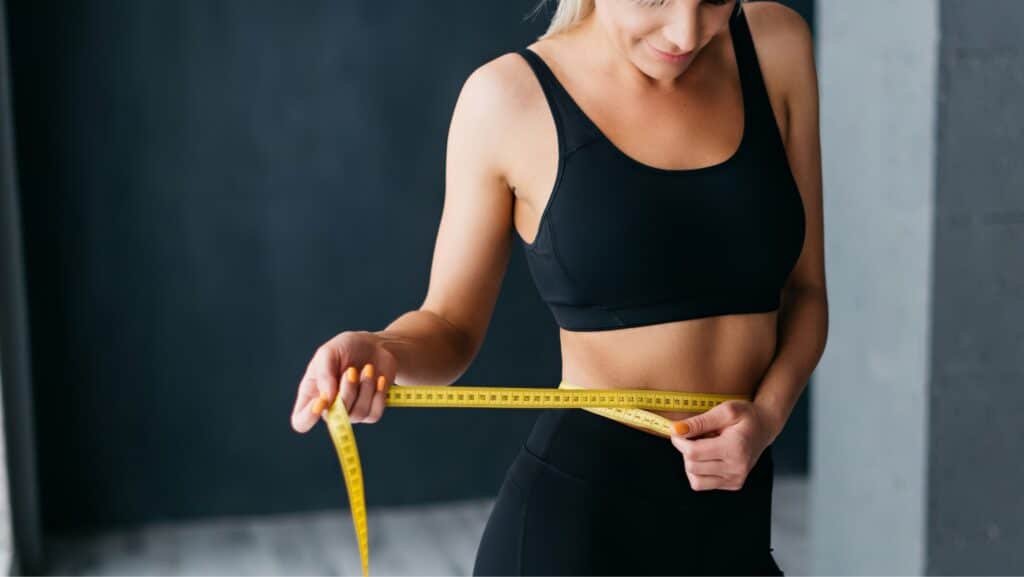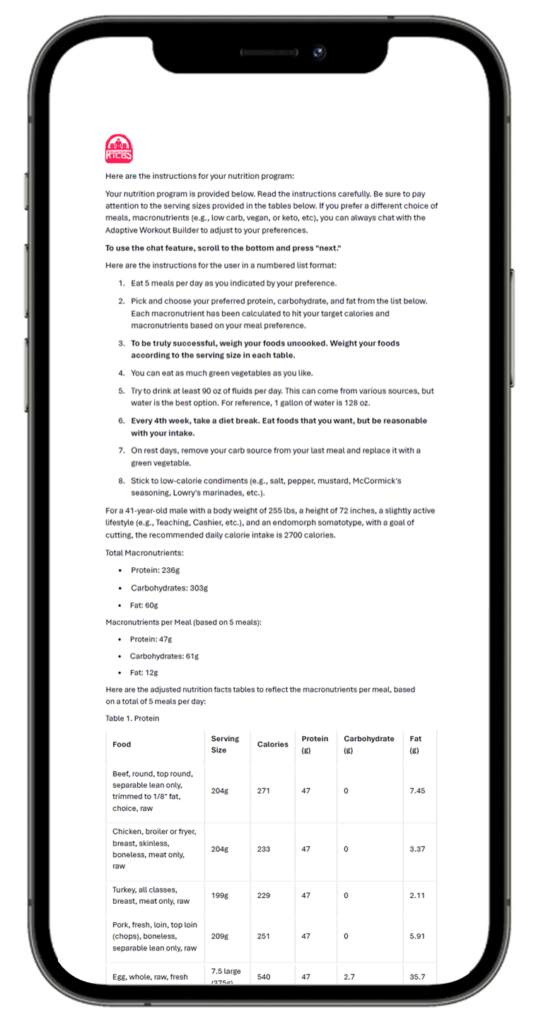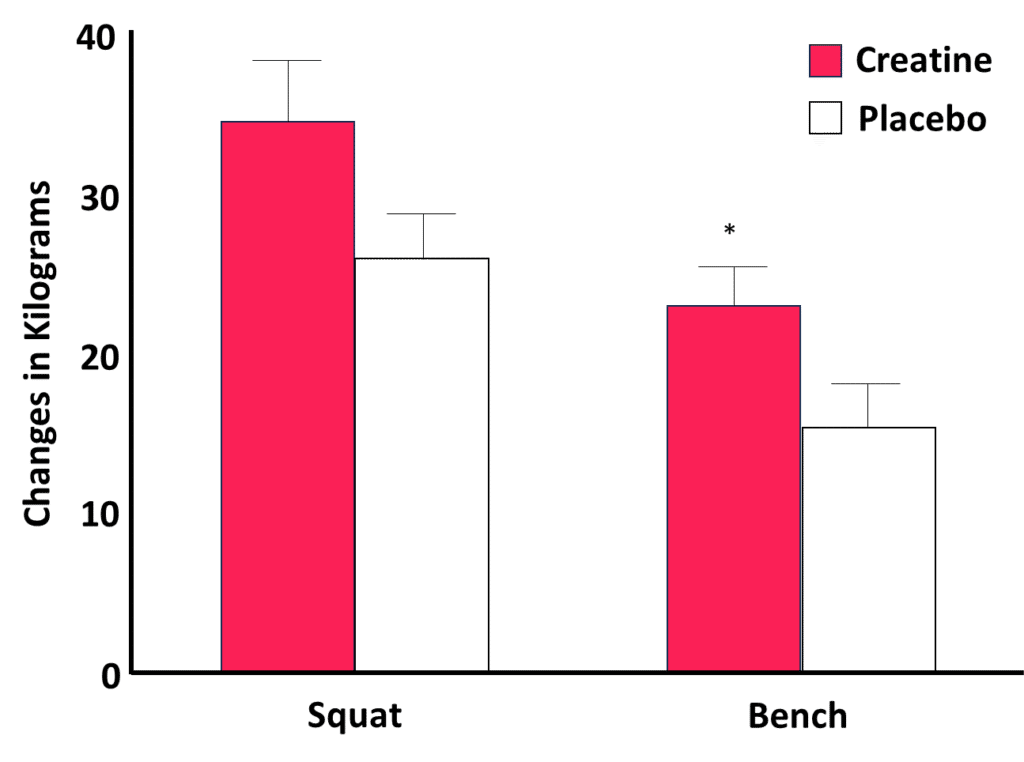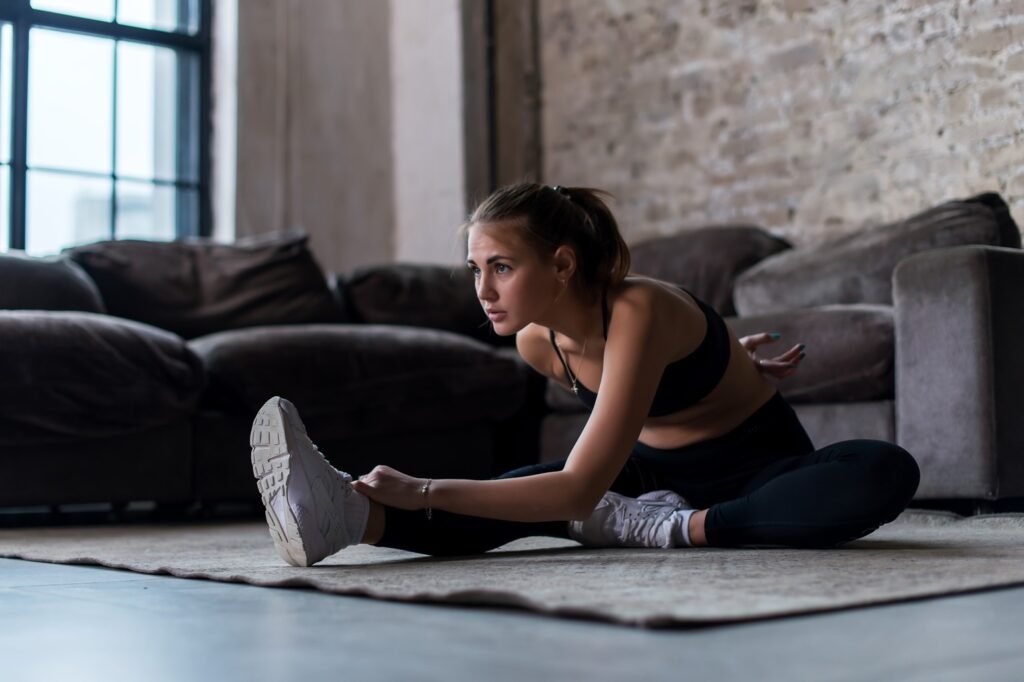Getting “ripped” isn’t just about looking good in your birthday suit (though that’s a nice perk). It’s about building lean muscle mass, reducing body fat, and achieving that coveted chiseled appearance. And guess what? You don’t need a gym membership or a house full of equipment to make it happen. You can definitely get ripped at home. All you need is your body, some space, and the determination to push through when your muscles are screaming at you to stop.
Now, before we dive into the meat and potatoes of this guide, let me be clear: getting ripped at home without equipment is no walk in the park. It requires dedication, consistency, and a whole lot of sweat. But if you’re willing to put in the work, the results can be nothing short of spectacular.
In this comprehensive guide, we’ll cover everything from the science behind muscle growth and fat loss to nutrition strategies, effective bodyweight exercises, workout routines, and even advanced techniques to keep you progressing long after you’ve mastered the basics. We’ll also tackle the mental game, because let’s face it, the biggest obstacle between you and your fitness goals is often the one between your ears.
Key Takeaways
- Building muscle and losing fat at home is possible with the right approach to bodyweight exercises and nutrition.
- Progressive overload is crucial for continued muscle growth, even without traditional weights.
- A balanced diet with adequate protein is essential for muscle building and fat loss.
- Consistency in workouts and nutrition is key to seeing results.
- Proper form and technique are more important than the number of repetitions.
- Rest and recovery are vital components of any successful fitness program.
- Mental resilience and goal-setting play significant roles in achieving and maintaining a ripped physique.
Table of contents

Understanding Body Composition
The Science of Muscle Growth
Alright, science nerds (and soon-to-be science nerds), gather ’round. Let’s talk about the magic that happens in your muscles when you decide to torture them with endless push-ups and squats. This process, my friends, is called muscle hypertrophy, and it’s the key to getting those gains you’ve been dreaming about.
Muscle hypertrophy is essentially the increase in the size of your muscle cells. When you perform resistance exercises – which, in our case, will be using your body weight – you create tiny micro-tears in your muscle fibers. Now, before you freak out, this is a good thing. Your body, being the overachiever it is, responds to this damage by repairing the muscle fibers and making them bigger and stronger in the process. It’s like your muscles are saying, “Oh, you think you can break me? Watch me come back even stronger, sucker!”
But here’s where it gets interesting. This repair process doesn’t happen while you’re grunting through your workouts. It happens when you’re lounging on the couch, binge-watching your favorite show, or catching some Z’s. This is where protein synthesis comes into play. Protein synthesis is the process by which your body uses the protein you eat to build and repair tissues, including muscle. It’s like a construction crew working overtime to rebuild and fortify your muscle fibers.

Now, here’s the kicker – for your muscles to keep growing, you need to keep challenging them. This is where the principle of progressive overload comes in. Simply put, you need to continually increase the demands on your musculoskeletal system to make gains in muscle size, strength, and endurance. In a gym setting, this often means adding more weight to the bar. But when you’re working out at home without equipment, you’ll need to get a bit more creative. We’ll dive into those strategies later, but think along the lines of increasing reps, slowing down your movements, or progressing to more challenging variations of exercises.
Remember, muscle growth isn’t just about looking good (although that’s a nice bonus). It’s about increasing your overall strength, improving your metabolism, and enhancing your body’s ability to perform daily tasks with ease. Plus, who doesn’t want to be able to open stubborn jars without breaking a sweat?
Fat Loss Fundamentals
Now, let’s talk about the other side of the coin – fat loss. Because let’s face it, you can build all the muscle in the world, but if it’s hidden under a layer of fat, you’re not going to see that definition you’re after.
At its core, fat loss comes down to one simple principle: caloric deficit. This means you need to burn more calories than you consume. It’s basic math, folks. But before you start drastically cutting your calories, remember that your body needs fuel to build and maintain muscle. So, we’re aiming for a moderate deficit here, not a crash diet that’ll leave you feeling weak and hangry.
Your metabolism plays a crucial role in this fat-burning process. Think of your metabolism as your body’s engine. The faster it runs, the more fuel (calories) it burns. The good news? Building muscle through resistance training can help boost your metabolism. Muscle tissue is more metabolically active than fat tissue, meaning it burns more calories even when you’re at rest. It’s like hiring a 24/7 fat-burning crew for your body.
Now, let’s address the elephant in the room – the myth of spot reduction. I hate to break it to you, if you want to get ripped at home doing a thousand crunches a day won’t magically melt the fat off your belly. Your body loses fat in a genetically predetermined pattern. You can’t tell it where to take fat from, no matter how much you target a specific area. So, forget about spot reduction and focus on overall fat loss through a combination of proper nutrition and full-body workouts.
Here’s a fun fact for you: as you lose fat, you might not see the number on the scale drop as quickly as you’d like. Why? Because muscle is denser than fat. So, as you’re losing fat and gaining muscle, your weight might stay the same or even increase slightly. But don’t panic! This is why we don’t rely solely on the scale to measure progress. Instead, pay attention to how your clothes fit, take progress photos, and use body measurements to track your changes.
Remember, fat loss is a journey, not a sprint. It requires patience, consistency, and a holistic approach that combines proper nutrition, effective workouts, and adequate rest. Stick with it, and before you know it, you’ll be uncovering those muscles you’ve been working so hard to build.

Nutrition for Muscle Growth and Fat Loss
Macronutrient Balance
Listen up, because this might be the most important section in this entire guide. You can do all the push-ups and squats in the world, but if your nutrition isn’t on point, you’re not going to see the results you’re after. It’s like trying to build a house with cardboard instead of bricks – it’s just not going to work out well.
Let’s break down the three macronutrients – protein, carbohydrates, and fats – and why each is crucial for your get-ripped-at-home journey.
First up, protein. If muscle building were a movie, protein would be the star. It’s the building block of muscle tissue and is essential for repair and growth. When you’re trying to build muscle and lose fat simultaneously, your protein needs go up. Aim for about 1.6 to 2.2 grams of protein per kilogram of body weight daily. For a 70 kg (154 lb) person, that’s about 112 to 154 grams of protein per day. Good sources include lean meats, fish, eggs, dairy, legumes, and, if needed, protein supplements.
Next, we have carbohydrates. Despite what some fad diets might tell you, carbs are not the enemy. They’re your body’s preferred source of energy, especially for high-intensity exercises like the ones you’ll be doing. Carbs also play a role in muscle recovery and growth. Aim for complex carbohydrates like whole grains, fruits, and vegetables, which provide sustained energy and are packed with vitamins and minerals.
Last but not least, fats. Yes, you need fats to get lean. Healthy fats play a crucial role in hormone production, including testosterone, which is important for muscle growth. They also help with nutrient absorption and provide a concentrated source of energy. Focus on unsaturated fats from sources like avocados, nuts, seeds, and fatty fish.
Here’s a general guideline for macronutrient balance:
| Macronutrient | Percentage of Daily Calories |
|---|---|
| Protein | 30-35% |
| Carbohydrates | 40-50% |
| Fats | 20-30% |
Remember, these are guidelines, not hard and fast rules. You may need to adjust based on your individual needs and how your body responds.

Body Composition Calculator
Transform Your Nutrition with Our Body Recomp Calculator
- Personalized Meal Plans: Tailored to your fitness goals and dietary preferences.
- Flexible Options: Choose from various meal types to fit your schedule.
- Nutritional Guidance: Expert advice to optimize your performance and recovery.
- Progress Tracking: Monitor your nutrition intake and make adjustments easily.
- Easy Recipes: Simple, delicious, and healthy meals to keep you on track.
Meal Planning and Timing
Now that we’ve covered what to eat, let’s talk about when to eat it. Meal timing can play a role in optimizing your muscle growth and fat loss efforts.
Pre-workout nutrition is all about fueling your body for the work ahead. Aim to eat a meal containing both carbs and protein about 2-3 hours before your workout. This could be something like oatmeal with protein powder and berries, or a chicken and brown rice bowl.
Post-workout nutrition is crucial for recovery and muscle growth. Try to eat within 30 minutes to an hour after your workout. This meal should include both protein for muscle repair and carbs to replenish energy stores. A protein shake with a banana, or Greek yogurt with fruit and granola are good options.
Now, let’s talk about a hot topic in the fitness world: intermittent fasting. This approach, which involves limiting your eating to a specific window of time each day, has gained popularity for its potential fat loss benefits. Some people swear by it, while others find it doesn’t work for them. If you’re curious, give it a try, but remember – it’s not magic. The most important factor is still your overall calorie intake.
Lastly, let’s address meal prep. I get it, you’re busy. We all are. That’s why meal prep can be a game-changer. Set aside a few hours each week to prepare your meals in advance. This not only saves time during the week but also helps you stick to your nutrition plan. Remember, consistency is key when it comes to seeing results.
Supplements for Home Fitness
Alright, let’s talk supplements. Now, before we dive in, let me be clear: supplements are exactly that – supplementary. They’re not magic pills that will transform you overnight. A solid nutrition plan should always be your foundation. That being said, certain supplements can help fill nutritional gaps and support your muscle-building and fat-loss efforts.
First on the list is protein powder. While it’s entirely possible to meet your protein needs through whole foods, protein powder can be a convenient way to boost your intake, especially around workouts. Whey protein is a popular choice due to its quick absorption, but if you’re lactose intolerant or vegan, there are plenty of plant-based options available.
Next up is creatine monohydrate. This is one of the most well-researched supplements out there, with numerous studies supporting its effectiveness for increasing muscle strength and size. It works by increasing your body’s ability to produce energy rapidly, allowing you to push harder during your workouts.

If you’re looking for a pre-workout boost, caffeine can be a great option. It can increase alertness, improve focus, and even enhance fat oxidation. Just be cautious with the timing, as consuming caffeine too late in the day can interfere with your sleep.
For overall health and potentially improved recovery, consider omega-3 fatty acids. While you can get these from fatty fish, a fish oil supplement can be a convenient alternative if you don’t eat fish regularly.
Remember, supplements are not regulated by the FDA in the same way as medications. Always do your research and consider consulting with a healthcare professional before starting any new supplement regimen. And never use supplements as a replacement for a balanced diet and solid training program.

Bodyweight Exercises for Muscle Building
Upper Body Workouts
Alright, it’s time to get to the meat and potatoes of this guide – the actual exercises that’ll transform your body from “meh” to “damn!” We’re starting with upper body workouts because, let’s face it, who doesn’t want impressive arms and a chiseled chest?
First up, the king of bodyweight exercises: push-ups. If you thought push-ups were just for military boot camps, think again. This versatile move targets your chest, shoulders, triceps, and even your core. Here are some variations to try:
- Standard Push-ups: The classic. Keep your body in a straight line from head to heels.
- Diamond Push-ups: Bring your hands close together to form a diamond shape. This variation targets your triceps more.
- Decline Push-ups: Put your feet on an elevated surface to increase the challenge and target your upper chest more.
Next, let’s talk about pull-ups and chin-ups. Now, I know what you’re thinking – “But Doc, I don’t have a pull-up bar at home!” Fear not, my resourceful friend. Here are some alternatives:
- Inverted Rows: Find a sturdy table or desk. Lie underneath it and pull yourself up. The lower you set your body, the harder it’ll be.
- Doorway Rows: Use a towel draped over the top of an open door. Lean back and pull yourself up.
- Resistance Band Pull-downs: If you have a resistance band, anchor it to something high and pull it down as if you were doing a lat pulldown.
Lastly, let’s not forget about those triceps. Dips are a fantastic exercise for targeting the back of your arms. No dip station? No problem!
- Chair Dips: Use two sturdy chairs or the edge of your bed and a chair. Lower your body between them.
- Floor Tricep Dips: Sit on the floor with your hands behind you, fingers pointing towards your feet. Lift your hips and bend your elbows.
Remember, the key to seeing results with these exercises is proper form and progressive overload. Start with 3 sets of 8-12 reps for each exercise, and gradually increase the number of reps or move to more challenging variations as you get stronger.
Lower Body Exercises
Now, let’s move south of the equator and focus on those legs and glutes. A well-developed lower body not only looks impressive but also boosts your overall strength and athleticism. Plus, leg day burns a ton of calories, so it’s great for fat loss too.
The cornerstone of any lower body workout is the squat. Here are some variations to keep things interesting:
- Bodyweight Squats: The classic. Keep your chest up, push your hips back, and lower until your thighs are parallel to the ground.
- Jump Squats: Add some plyometric power by jumping at the top of each rep.
- Pistol Squats: The holy grail of bodyweight leg exercises. Lower yourself on one leg while extending the other in front of you. If you can do these, you’ve officially earned your badass card.
Next up, lunges. These unilateral exercises are great for building balance and addressing any strength imbalances between your legs:
- Forward Lunges: Step forward into a lunge, lowering your back knee towards the ground.
- Reverse Lunges: Step backward into a lunge. This variation is often easier on the knees.
- Walking Lunges: Keep moving forward with each lunge. Great for when you want to annoy your downstairs neighbors.
Don’t forget about your calves! Strong calves not only look good but also improve your athletic performance:
- Standing Calf Raises: Rise up onto your toes, then lower back down. Do these on a step for an increased range of motion.
- Single-Leg Calf Raises: Perform the movement on one leg at a time for an added balance challenge.
For ankle strength, try ankle hops. Jump repeatedly on the balls of your feet, keeping your legs straight. This will improve your ankle stability and power.
As with upper body exercises, aim for 3 sets of 8-12 reps for each exercise, increasing the difficulty as you progress. And remember, proper form is crucial. It’s better to do fewer reps with good form than to cheat your way through more reps.

Core and Full Body Movements
A strong core is essential for overall strength, stability, and that coveted six-pack. Here are some effective core exercises:
- Planks: The foundation of core strength. Hold a push-up position on your forearms for as long as you can maintain proper form.
- Mountain Climbers: Start in a plank position and alternate bringing your knees towards your chest. Great for both core strength and cardio.
- Russian Twists: Sit with your knees bent and feet off the ground. Lean back slightly and rotate your torso from side to side.
For full-body movements that will skyrocket your heart rate and burn fat:
- Burpees: The exercise everyone loves to hate. Drop down into a push-up, jump your feet forward, then explode up into a jump.
- Bear Crawls: Get on all fours and move forward, backward, and side-to-side while keeping your knees off the ground.
- Inchworms: From a standing position, walk your hands out into a plank, do a push-up, then walk your feet back to your hands.
Creating a Workout Routine
Now that you have a arsenal of exercises, let’s put them together into a workout routine:
- Full-body workouts: 3-4 times per week, targeting all major muscle groups each session.
- Push/Pull/Legs split: Divide your workouts into pushing movements, pulling movements, and leg exercises.
- Upper/Lower split: Alternate between upper body and lower body workouts.
Here’s a sample full-body workout:
- Push-ups: 3 sets of 10-15 reps
- Inverted Rows: 3 sets of 8-12 reps
- Squats: 3 sets of 15-20 reps
- Lunges: 3 sets of 10-15 reps per leg
- Plank: 3 sets of 30-60 seconds
- Burpees: 3 sets of 10-15 reps
Rest for 60-90 seconds between sets and 2-3 minutes between exercises.
Tracking Progress
To stay motivated and ensure you’re making progress, it’s crucial to track your results:
- Take progress photos: Front, side, and back views every 2-4 weeks.
- Measure key body parts: Chest, waist, hips, arms, and thighs monthly.
- Keep a workout log: Record exercises, sets, reps, and how you felt during each workout.
- Use fitness apps: Many apps can help you log workouts and track progress over time.
Remember, progress isn’t always linear. Some weeks you’ll see significant changes, while others might seem stagnant. Trust the process and stay consistent.
Maintaining Motivation
Getting ripped is as much a mental game as it is physical. Here are some tips to stay motivated:
- Set SMART goals: Specific, Measurable, Achievable, Relevant, and Time-bound.
- Find a workout buddy: Even if you’re working out at home, having someone to check in with can boost accountability.
- Reward yourself: Set milestones and treat yourself when you reach them (in a way that doesn’t sabotage your progress, of course).
- Mix it up: Try new exercises or routines to prevent boredom.
- Visualize success: Spend time each day imagining how you’ll look and feel when you reach your goals.
Conclusion
Getting ripped at home without equipment is absolutely possible with dedication, consistency, and the right approach. Remember, this journey is a marathon, not a sprint. There will be ups and downs, but if you stick with it, you’ll be amazed at what your body can achieve.
So, what are you waiting for? Your living room is your new gym, and the only person standing between you and your fitness goals is you. Now drop and give me 20!




Hi my family member I want to say that this post is awesome nice written and come with approximately all significant infos I would like to peer extra posts like this
Wonderful web site Lots of useful info here Im sending it to a few friends ans additionally sharing in delicious And obviously thanks to your effort